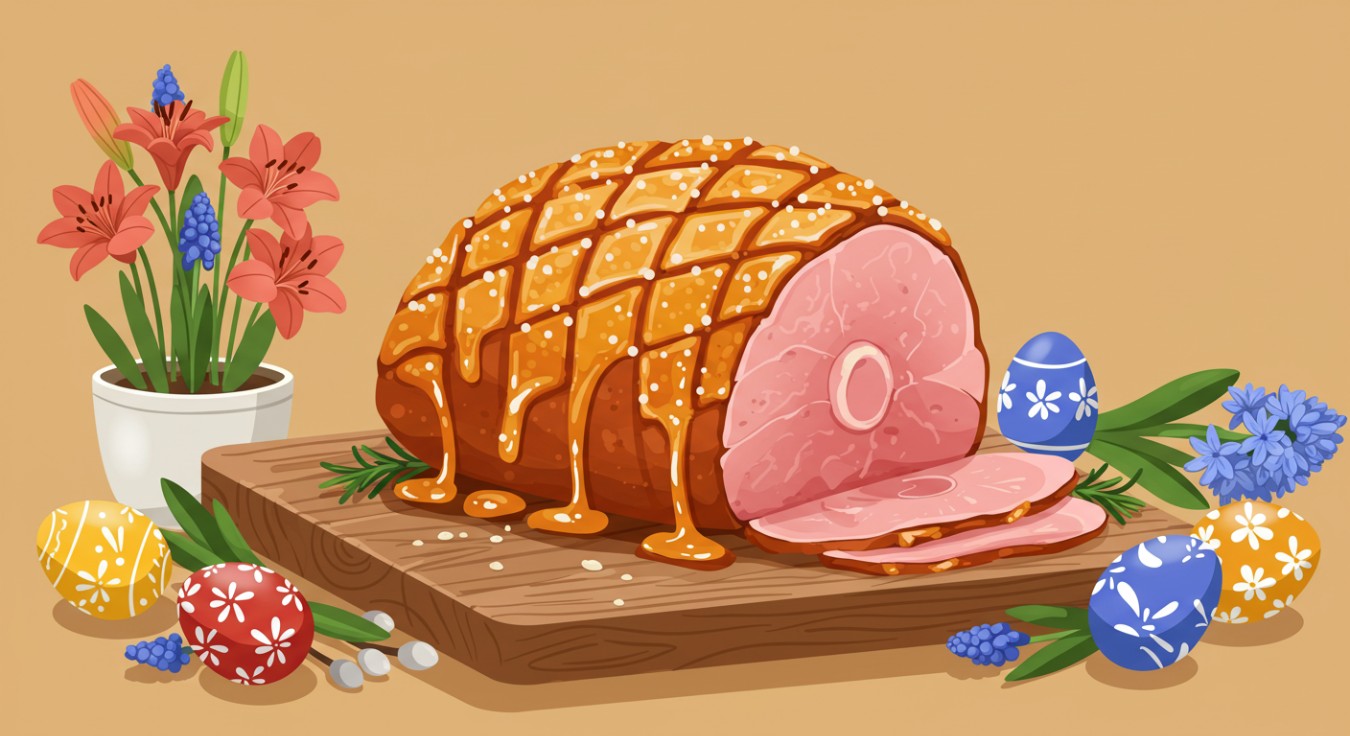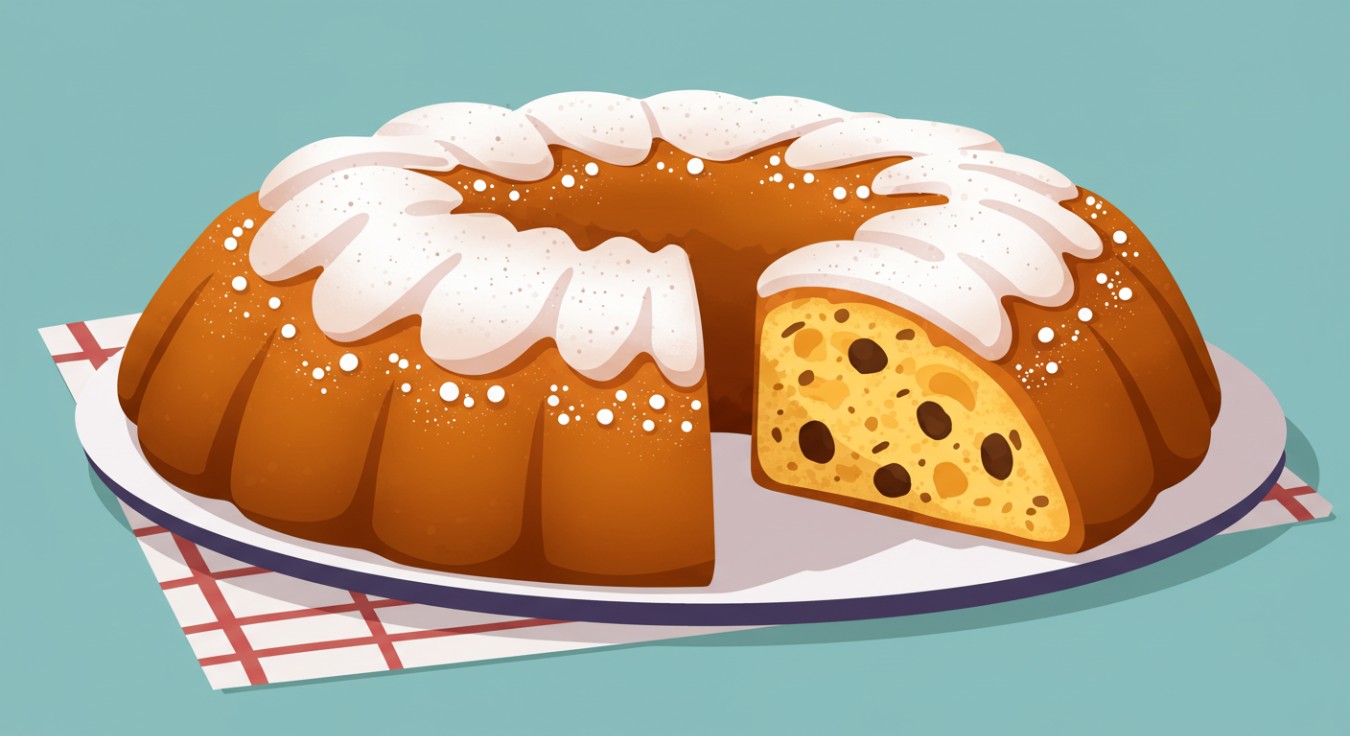Potica: Traditional Slovenian Easter Dessert
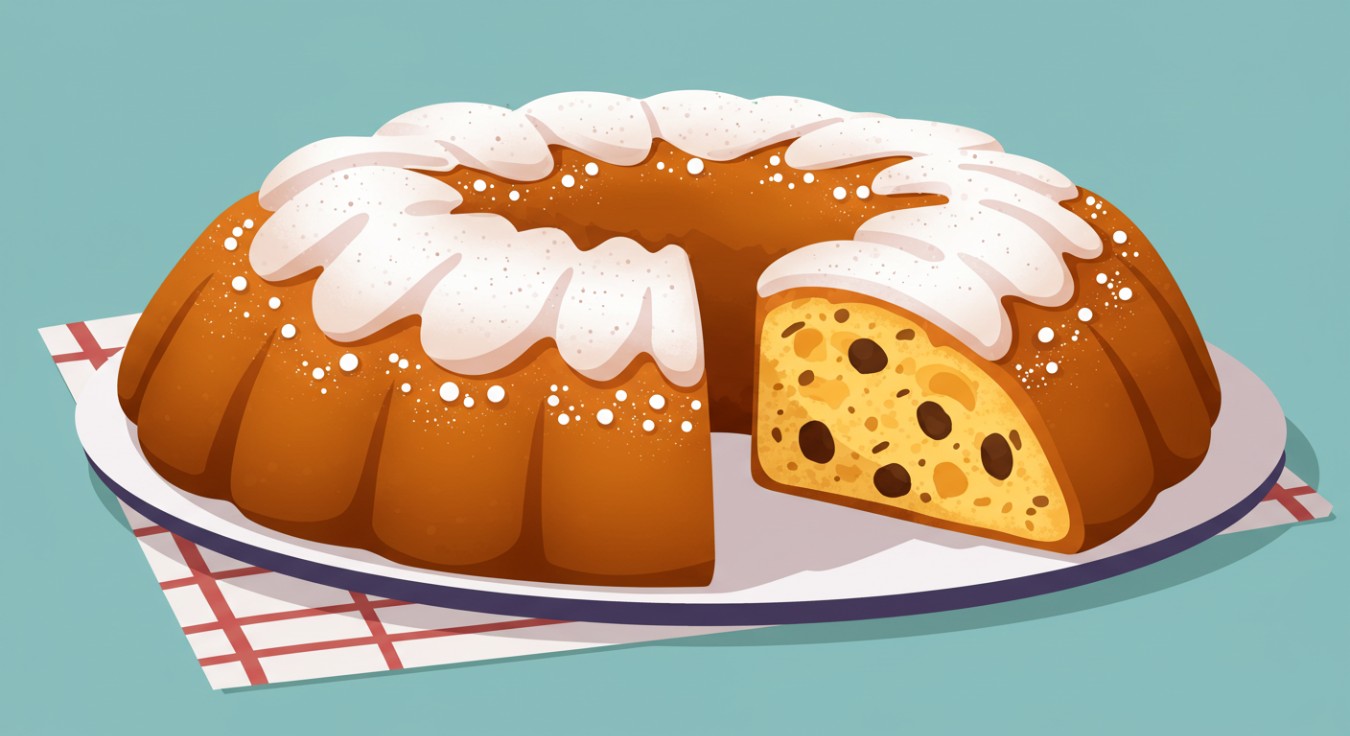
Slovenian pastry potica is a traditional Slovenian yeast dough roll with various fillings that invariably adorns festive tables, especially during Easter and Christmas.
A bit of history
The first written mentions of potica date back to the 16th century. The works of the Slovenian preacher Primož Trubar, published in 1575 and 1577, contain a description of this dish. The name "potica" comes from the Slovenian words "povitica" or "potvica," which mean "twisted pie" — referring to the method of rolling the dough with filling into a roll.
Interestingly, the shape of the pastry also has symbolic meaning. In the Alps, it was baked in a special ring-shaped mold called "potičnik" with a hole in the middle, resembling the sun — an ancient symbol of fertility.
Over time, the dish became more than just a treat; it became a symbol of unity: it is prepared by the whole family, passing down easter sweets recipes from generation to generation.
Evolution and regional diversity
By the 19th century, potica had firmly entered the hearts and kitchens of Slovenians, becoming a true culinary symbol of the country. Its history is the history of the regions, each of which contributed a piece of its land, traditions, and even character to the filling.
In the snowy Alps, among the mountain peaks of Gorenjska, potica was filled with walnuts generously flavored with honey and cinnamon. This version became the standard — warm, spicy, and slightly coarse, like the mountain air itself. Meanwhile, in sunny Primorje, a cheese version took root: delicate cottage cheese skuta was mixed with raisins, creating a filling that melted in the mouth.
In the east, in the fertile Štajerska, poppy seed mixture was wrapped in the dough, sometimes enriched with rum — a hint at the generosity of the local vineyards. And in the south, in Bela Krajina, where orchards stretch out, potica was filled with dried apples, figs, and raisins.
There were also bold experiments: in some villages, bacon, lard, or smoked meats were rolled into the dough, creating a hearty version for everyday meals. However, sweet recipes ultimately won people's love, and the assortment in markets and bakeries now includes apple potica, cheese potica, pecan potica, cream cheese potica, and vegan potica.
A bit of practice
Today, when slovenian cake potica is officially recognized as cultural heritage, more than 80 variations of fillings for this historic pastry are known. Let’s look at the basic and most popular easter dessert recipes.
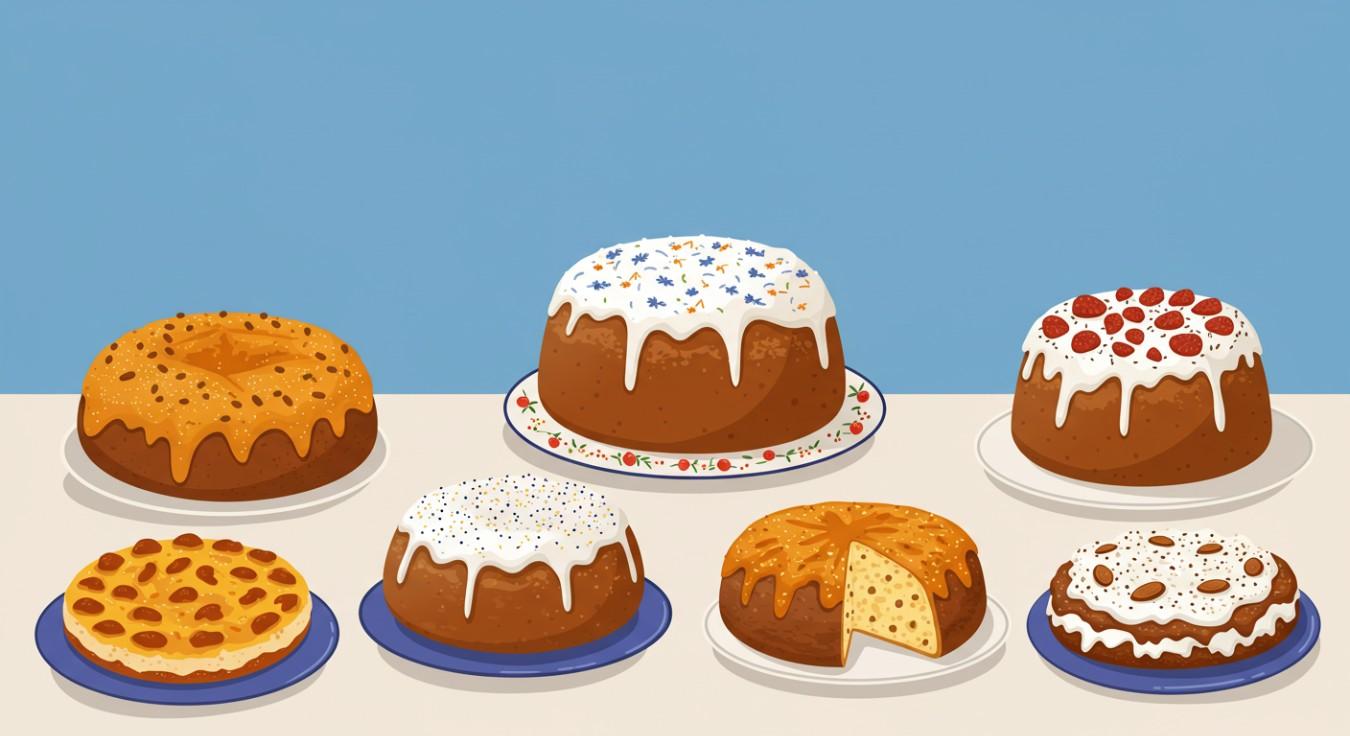
Walnut potica cake
This is the most common and famous version of the Easter treat. This dough is also suitable for other fillings.
Ingredients for the dough:
- 1 kg flour
- 30 g fresh yeast
- 3–4 egg yolks
- 300 ml warm milk
- 120 g butter
- 1 teaspoon salt
- 2 tablespoons sugar
- Oil for greasing the baking dish
Ingredients for the filling:
- 600–700 g ground walnuts
- 200 g honey
- 50 g sugar
- 100–200 ml milk
- 1 egg
- Cinnamon to taste
- A little rum or homemade liqueur
Preparation:
Mix the flour with salt. Dissolve the yeast with a spoonful of sugar, two tablespoons of flour, and 50 ml of warm milk or water, and let it rise in a warm place. Make a well in the flour, pour in the beaten yolks, risen yeast, melted butter, and remaining sugar. Gradually add warm milk, kneading the dough until smooth. Cover and allow it to rise.
Pour hot milk with dissolved sugar over the ground walnuts. Add melted honey, cinnamon, and a little rum. After cooling, mix in the beaten egg.
Roll out the risen dough into a sheet about 0.5 cm thick. Evenly distribute the filling, leaving the edges free. Roll the dough into a tight roll and place it in a greased baking dish. Let it rise again.
Before baking, brush the surface of the potica with a beaten egg. Bake in a preheated 180°C oven for about 1 hour. After baking, let the potica cool in the form for 15 minutes, then remove and, if desired, sprinkle with powdered sugar before serving.
Tarragon potica
Ingredients:
- 500 g fresh tarragon, finely chopped
- 200 g sugar
- 100 g butter, melted
- 2 eggs
- 200 ml sour cream
Preparation:
Mix the finely chopped tarragon with sugar. Add the melted butter, beaten eggs, and sour cream. Mix thoroughly.
Poppy seed potica bread
Ingredients:
- 500 g ground poppy seeds
- 200 g sugar
- 100 ml hot milk
- 50 g honey
- 1 teaspoon vanilla sugar
- 1 tablespoon rum
- 100 g raisins (optional)
Preparation:
Pour hot milk over the ground poppy seeds, add sugar, honey, vanilla sugar, and rum. Stir and let cool. Add raisins if desired.
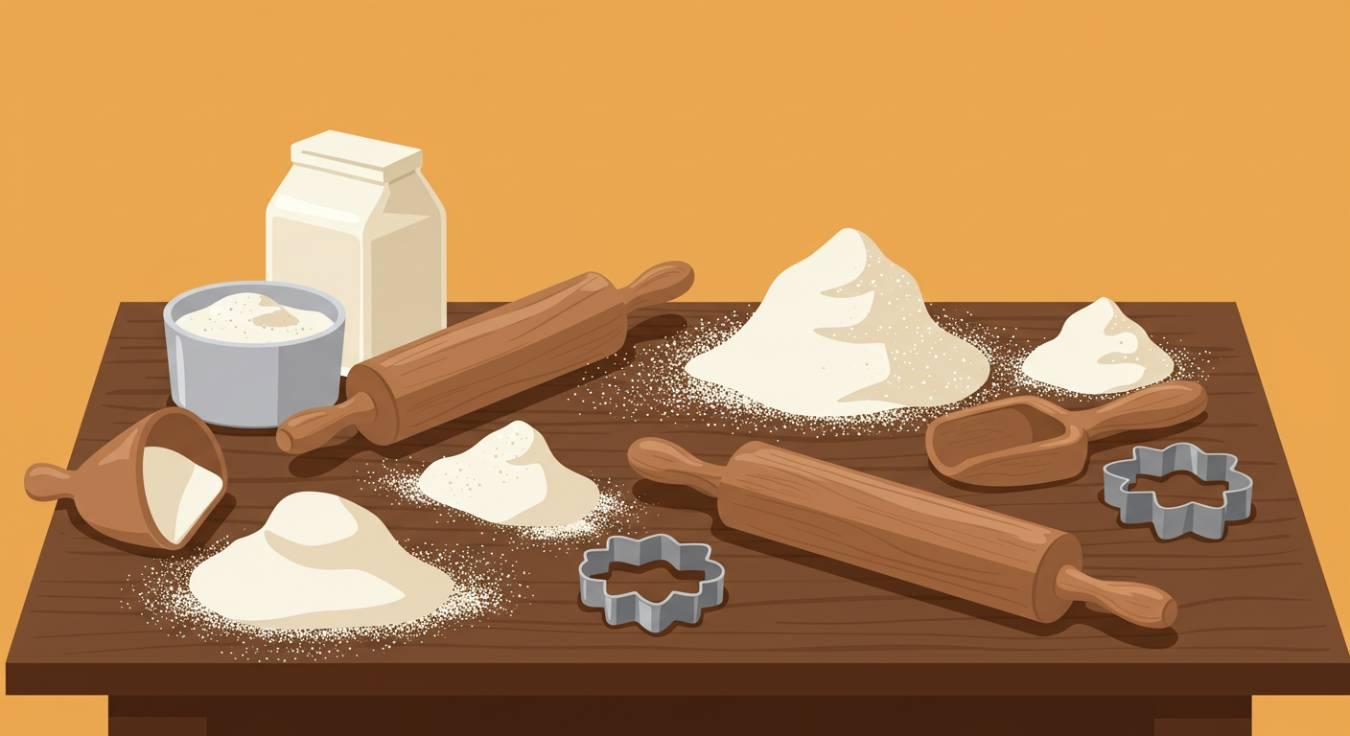
Cottage cheese filling
Ingredients:
- 500 g cottage cheese
- 150 g sugar
- 2 eggs
- 100 ml sour cream
- Zest of 1 lemon
- 1 teaspoon vanilla sugar
Preparation:
In a bowl, mix the cottage cheese, sugar, eggs, sour cream, lemon zest, and vanilla sugar until smooth.
Fruit filling
Ingredients:
- 150 g dried apples
- 100 g figs
- 50 g raisins
- 50 g prunes (optional)
- Nuts: 100 g walnuts (almonds can be added)
- Soaking liquid: 100 ml rum, brandy, or apple juice
- 1 teaspoon ground cinnamon
- 0.5 teaspoon ground cloves
- A pinch of nutmeg
- 2 tablespoons honey (or 50 g brown sugar)
- Zest of 1 lemon or orange
- 1 tablespoon butter (for softening)
Preparation:
Soak the dried fruits in hot water, juice, or alcohol for 2–3 hours (or overnight). Drain the liquid, squeeze slightly, then chop finely with a knife or blend, leaving some texture. Toast the walnuts in a dry pan for 3–4 minutes, then chop finely. In a bowl, combine the dried fruits, nuts, spices, zest, and honey. Add melted butter — it binds the filling and prevents dryness. Taste the mixture: if not sweet enough, add honey. For aroma, add 1 tablespoon of orange liqueur or vanilla extract. If the filling is too thick, dilute it with 2–3 tablespoons of milk or soaking liquid.
Chocolate potica – a modern interpretation of an old delicacy
Ingredients:
- 150 g dark chocolate
- 50 g butter
- 100 g ground walnuts or hazelnuts
- 2 tablespoons cocoa powder
- 3–4 tablespoons honey or sugar
- 1 teaspoon vanilla extract
- A pinch of salt
- 50 g dried cherries or raisins for a sweet-tart accent (optional)
- 1 tablespoon rum or orange liqueur (optional)
Preparation:
Melt the chocolate and butter in a water bath, stirring until smooth. Mix the dry ingredients: nuts, cocoa, sugar/honey, and salt. For a more intense flavor, toast the nuts in a dry pan before grinding. Add the melted chocolate to the nut mixture, pour in the vanilla and alcohol. Add cherries or raisins if you want more texture. If the filling is too thick, thin it with 1–2 tablespoons of cream or milk. Chill the mixture for 15–20 minutes so it thickens and doesn’t leak when rolling.
If you're looking for Easter recipes, one of these treats might be a great choice. However, in the modern world, there’s no need to wait for a holiday — enjoy this fragrant pastry with coffee or tea anytime!
How to bake the holiday symbol in your own kitchen
Slovenian potica is more than just a roll. It is history baked into dough, the aroma of childhood, and an essential part of the holiday table. But to make it perfect, it is important to know a few secrets that have been passed down from generation to generation.
Perfect Dough
Best potica dough is the secret of this dish. To prepare it, it is crucial to activate the yeast in warm milk (about 37°C) with a small amount of sugar. If the mixture does not start to foam after 10–15 minutes, the yeast is inactive. Fresh yeast provides the best results, but dry yeast will also work if used correctly.
The dough must be well kneaded until it becomes elastic and then allowed to rise properly for at least 1.5–2 hours. Once the dough is ready, it should be rolled out thinly, but not so much that it tears. The optimal thickness is 3–5 mm.
If you don’t like working with yeast dough, try puff pastry, shortcrust pastry, or even yogurt-based dough to make a quick potica dessert.
Filling: thickness and aroma
The filling is the soul of this Easter dessert. It should be thick, like a paste, so it does not leak during baking. For a rich aroma, cinnamon, vanilla, rum, or lemon zest are added to the filling. These ingredients give the pastry a special, deep flavor.
Rolling and shaping
Proceed carefully. The filling should be spread in a thin, even layer over the entire surface of the dough so that it does not clump when rolled. Keep in mind that the filling should not be hot when applied to the dough; otherwise, it may start to melt, causing the layers to stick together.
Rolling is the most exciting step. It should be done carefully but not too tightly, or the dough may tear and the filling may leak. To prevent the roll from opening during baking, leave the edges free for 2–5 cm and seal them well.
You will need potica baking pans with a hole in the center, similar to a bundt cake mold. Before baking, brush the dough with a beaten egg or melted butter to achieve a beautiful golden crust.
Baking and cooling
Bake potica at 170–180°C for about 45–60 minutes. Check for doneness with a toothpick — if it comes out dry, it is ready to be removed. Let the roll rest in the pan for 15 minutes, then transfer it to a cooling rack and cover it with a linen cloth. This prevents condensation.
Hot potica may crumble, so it is best to let it cool completely before slicing. To keep it soft for several days, wrap it in foil or a cotton towel.
These traditional secrets will help you bake authentic Slovenian potica — fragrant, tender, and delicious. Experiment with fillings, but remember that traditional recipes are what make this dish truly special.
Where to buy baking ingredients without going broke?

If you’ve decided to bake a delicate potica, now is the time to choose the filling and make a shopping list. All the ingredients in the recipe may seem simple, but their total cost at checkout can be unexpectedly high. Not sure how to save money on Easter groceries?
First, decide where to go shopping. The Spar catalog and Interspar catalog offer a wide range of products across different price categories. Here, you can find many options for fillings, even if your imagination takes you far from traditional recipes. Plus, they definitely have original decorations to enhance your festive presentation.
If pastry-making is not your strong suit, try ready-made baking mixes — they simplify the process and help you take the first steps toward perfection. And if you’re completely out of inspiration, the solution is ready-made potratna potica Spar.
With seasonal promotions, as well as bonuses and coupons from the Spar Plus program, potica Spar becomes even more budget-friendly, and you can also accumulate points for the next holiday.
In the Eurospin catalog, you can find basic essentials, including flour, eggs, sugar, milk, and butter at the best prices on the market. Bonus: a selection for lovers of the Italian style.
The Lidl catalog brings weekly promotions and themed product restocks before the holidays. For example, baking spices, sprinkles, sugar and jelly decorations for culinary creations, and, of course, molds to prepare them. You can also find nuts, cheeses, dried fruits, and, of course, ready-made Easter cake on the shelves.
In the Lidl Plus app, you’ll find personal coupons — like a 20% discount on nuts or chocolate — various bonuses, and prize game participation.
The Hofer catalog is great for budget-conscious shoppers. Different types of flour and flour mixes, baking powder, organic eggs, and butter are cheaper here than at Spar, for example. During weekly promotions, you can buy baking equipment, basic ingredients, and take advantage of the potica bread for sale deal.
The Mercator catalog has an entire Easter products section, including ready-made variations like potica Mercator as well as ingredients for homemade baking. Their selection includes many local products, ensuring quality and supporting domestic producers. Plus, the Pika card offers additional savings, premium purchases, and family benefits.
The Tuš catalog offers walnut potica at a discount of over 30%. But the selection includes not just ready-made treats but also everything needed to bake your own. All you need is patience, a well-prepared shopping list, and a desire to create. And if something goes wrong, there’s always a backup option on the shelves.
The E. Leclerc catalog is the place for experiments. Dark chocolate, gluten-free coconut oil, and rare types of flour cost the same as regular products. Their loyalty program and promotions allow you to mix ingredients and create a cultural fusion.
Ahac offers pre-packaged products and, most importantly, alcoholic and non-alcoholic beverages. Here, it’s easy to find rum or orange liqueur to add a spicy note to your filling and dough.
How not to miss extra benefits?
Geobuyer and its themed blog are designed to make shopping not only convenient and fast but also as profitable as possible. The platform helps shoppers stay updated on interesting deals by providing access to all current flyers from stores and shopping malls at any time. With its help, you can compare prices from different sellers, track discount trends, and learn about special promotions, allowing you to always choose the best option. Thanks to these features, the service helps organize purchases efficiently, avoid overpaying, and save your budget, turning every shopping trip into a conscious and beneficial choice.
P.S.
Slovenian potica, which has traveled the path from an ancient symbol of fertility to a recognized cultural heritage, embodies the unity of tradition and regional character. Each filling — from spiced nut blends to fruity variations — tells the story of the region and the evolution of flavors.
Today, while preserving its authenticity, this dish adapts to modern times: experiments with chocolate or hearty ingredients complement the classic recipes.
To create this culinary masterpiece in your own kitchen without unnecessary expenses, take advantage of seasonal promotions in Spar, Lidl, or Mercator stores, use bonus programs, and explore apps like Geobuyer, which help compare prices and find the best deals. This way, your celebration will be both budget-friendly and delicious.





